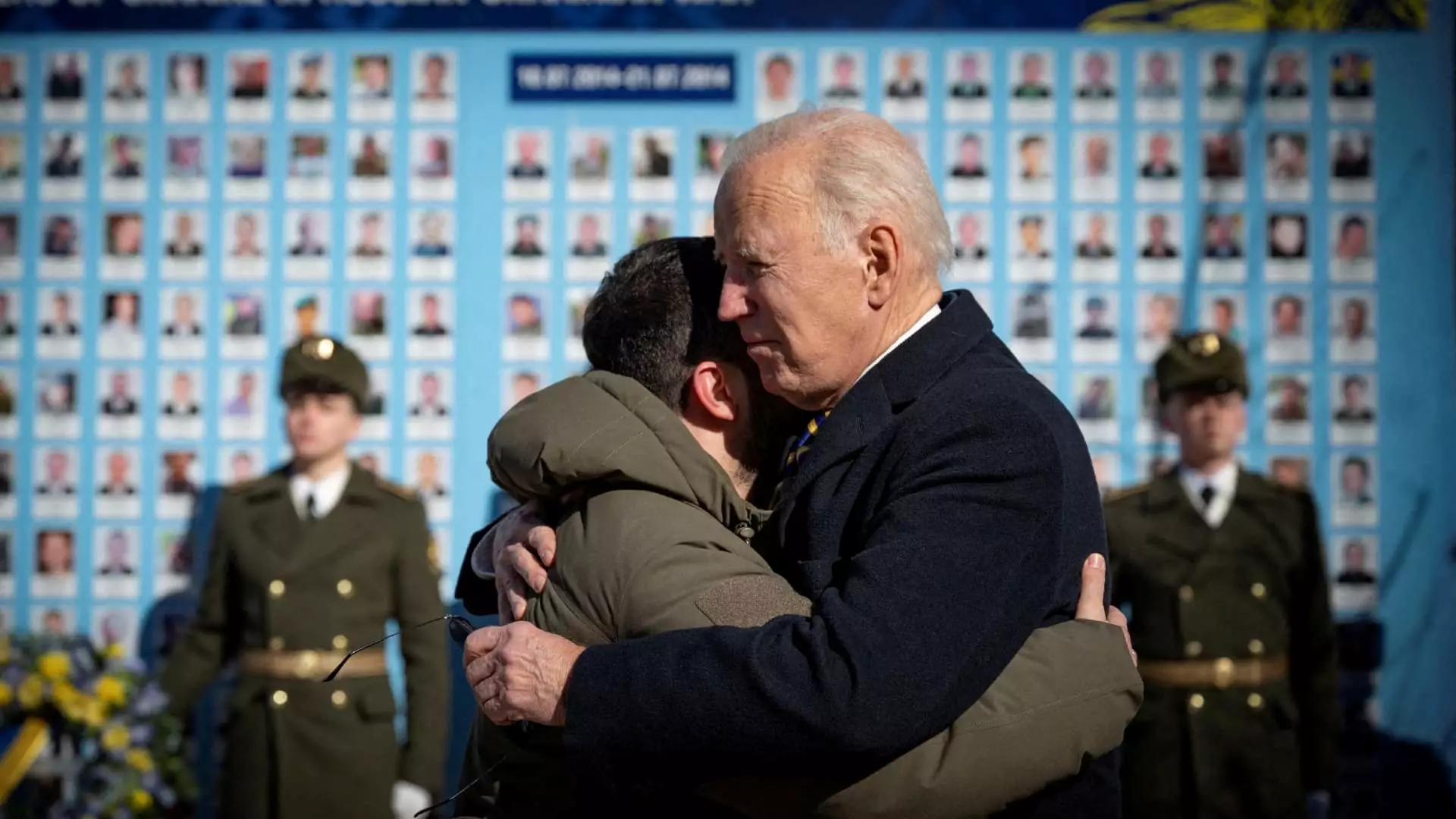The Biden administration’s recent decision to allow Ukraine to utilize U.S.-supplied weaponry for strikes deep into Russian territory marks a pivotal shift in the landscape of the Ukraine-Russia conflict. According to multiple sources, this policy alteration comes in response to months of requests from Ukrainian President Volodymyr Zelenskyy. As Kyiv prepares for its initial long-range operations, the broader implications of this decision reverberate through international relations, military strategies, and diplomatic negotiations surrounding the ongoing conflict.
The authorization for Ukraine to conduct deep strikes represents not merely an escalation in military tactics but also a calculated response to evolving battlefield dynamics. Reports suggest that these first long-range operations may employ ATACMS rockets, which boast ranges of up to 190 miles. Such capabilities enable Ukraine to hit strategic targets deep within Russian territory, thus shifting the operational focus away from traditional front lines. However, American officials remain divided on whether this tactic will yield a significant impact on the overall trajectory of the war. Many express skepticism, noting that while heightened military action could create temporary advantages, it might not alter the stalemate that has characterized the conflict.
This decision arrives at a critical moment, just weeks before the transition to a new presidential administration. As President-elect Donald Trump prepares to take office, uncertainty looms regarding his stance on military aid to Ukraine. Historically critical of expansive U.S. involvement, Trump has indicated a desire to conclude the conflict rapidly, albeit without outlining specific strategies. This ambiguity creates an environment of apprehension regarding the sustainability of ongoing support for Ukraine. If Trump chooses to reverse Biden’s military strategies, it could undermine Ukraine’s capacity to engage effectively against Russian forces at a crucial juncture.
The rapidly changing dynamics on the battlefield have been further complicated by developments such as Russia’s deployment of North Korean troops, an alarming action that has provoked significant concern in both Washington and Kyiv. This is likely to escalate tensions, as Russia perceives any loosening of restrictions on Ukraine’s military operations as a major provocation. The stark warnings from Moscow indicate a precarious balance between asserting military readiness and engaging in diplomatic negotiations.
As the Biden administration embraces a more assertive military strategy for Ukraine, the broader implications for regional security and international diplomacy cannot be understated. Deep military strikes, while initially promising, carry risks that could potentially heighten tensions further. The situation remains fluid, and both Ukraine and its allies must navigate the intricate interplay of military effectiveness, political maneuvering, and international diplomacy to achieve a sustainable resolution. Ultimately, the aftermath of these strategic decisions will likely shape the next phase of the Ukraine-Russia conflict, highlighting the fragility of peace in a deeply polarized geopolitical landscape.

